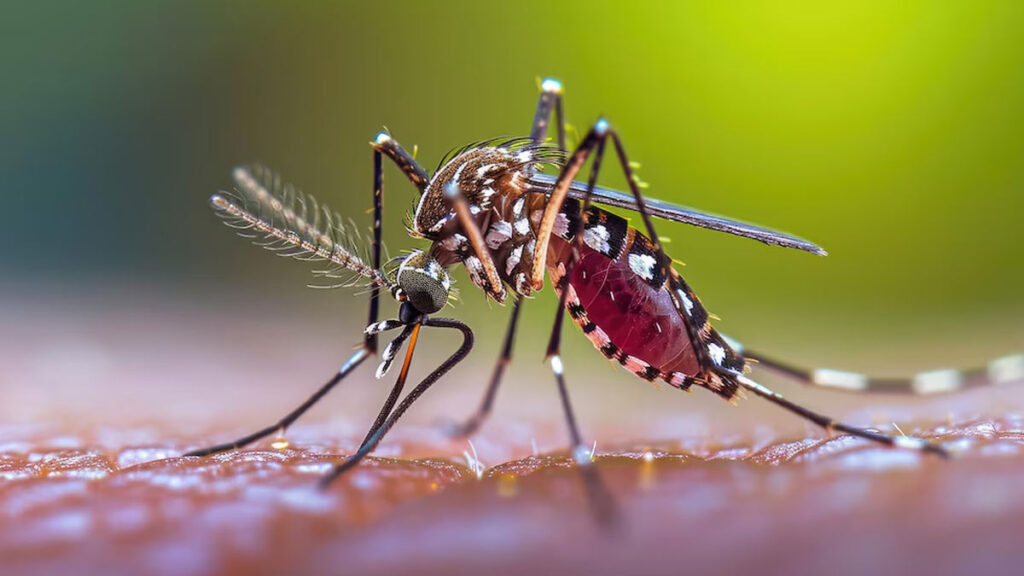Plasmodium malariae, the causative agent of quartan malaria, continues to persist in various tropical regions despite global malaria reduction efforts. Although typically associated with lower parasitemia and milder symptoms compared to Plasmodium falciparum, its capacity for chronic infection and silent transmission necessitates a targeted approach for prevention. In this article, we outline comprehensive and evidence-based strategies for Plasmodium malariae malaria prevention, integrating personal, community, and systemic public health measures.

Understanding the Transmission Cycle of Plasmodium malariae
Effective prevention begins with a clear understanding of the parasite’s lifecycle and transmission dynamics.
Lifecycle and Vector Transmission
- The female Anopheles mosquito is the primary vector for P. malariae.
- Transmission occurs when an infected mosquito injects sporozoites into a human host during a blood meal.
- After an asymptomatic liver stage, the parasite enters red blood cells, reproducing every 72 hours, causing characteristic quartan fever patterns.
Asymptomatic Carriers and Hidden Spread
- Individuals may remain infected and undiagnosed for decades.
- Low-level parasitemia and absence of relapses complicate detection and increase the risk of silent community transmission.
Personal Protection Measures to Prevent Malariae Malaria
Insecticide-Treated Nets (ITNs)
Using insecticide-treated bed nets is one of the most effective personal prevention strategies.
- Long-Lasting Insecticidal Nets (LLINs) are recommended by WHO in endemic areas.
- They provide a physical and chemical barrier against night-biting Anopheles mosquitoes.
Mosquito Repellents
- Topical repellents containing DEET (N,N-Diethyl-meta-toluamide) or picaridin provide extended protection against mosquito bites.
- Should be applied on exposed skin, especially during evening and night hours.
Protective Clothing
- Wearing long-sleeved shirts, long pants, and closed footwear during peak mosquito hours can significantly reduce bite exposure.
Indoor Protection
- Installing window screens, door screens, and using air conditioning or mosquito coils can deter mosquitoes from entering indoor environments.
Environmental and Community-Based Vector Control
Indoor Residual Spraying (IRS)
- Spraying of insecticides on the inner walls of homes kills mosquitoes that rest indoors after feeding.
- Effective in regions with high Anopheles density and where LLIN usage is limited.
Larval Source Management
- Elimination of standing water where mosquitoes breed is essential.
- Drainage of stagnant water
- Covering water containers
- Biological larvicides such as Bacillus thuringiensis israelensis (Bti)
- Community engagement is crucial for sustainable success.
Community Awareness Campaigns
- Education initiatives about mosquito avoidance and environmental hygiene empower populations to take preventive actions.
- Local leaders and health workers should lead awareness drives to increase adoption.
Chemoprophylaxis and Antimalarial Preventive Therapy
Though P. malariae is less likely to cause acute illness, its prevention in travelers and vulnerable groups remains vital.
For Travelers
- Chloroquine prophylaxis is effective in areas where resistance to chloroquine is not prevalent.
- Travelers to endemic regions should begin prophylaxis 1–2 weeks before travel, continue during stay, and for 4 weeks after return.
Intermittent Preventive Treatment (IPT)
- Primarily used for pregnant women (IPTp) and infants (IPTi) in P. falciparum regions, IPT may offer incidental protection against P. malariae due to overlapping presence.
- Ongoing research is evaluating the efficacy of IPT against non-falciparum species.
Diagnostics and Early Detection in Prevention Strategy
Early detection plays a key role in preventing transmission and complications of P. malariae.
Screening Asymptomatic Carriers
- PCR-based diagnostics can detect low-level parasitemia not visible through microscopy.
- Targeted screening in high-risk or high-exposure areas helps identify reservoirs of infection.
Integrated Surveillance Systems
- National malaria programs must include P. malariae in routine malaria surveillance.
- Case tracking, mapping, and reporting assist in resource allocation and outbreak containment.
Public Health Policies for Sustainable Prevention
Inclusion in Elimination Campaigns
- National malaria strategies often focus on P. falciparum; however, including P. malariae ensures a comprehensive approach.
- Non-falciparum infections must be accounted for in diagnostics, reporting, and treatment guidelines.
Research and Vaccine Development
- While no vaccine exists specifically for P. malariae, cross-species research may contribute to future protective interventions.
- Continued investment in research and development will support long-term eradication goals.
FAQs
Q1: Is malariae malaria as dangerous as falciparum malaria?
No. P. malariae generally causes milder illness but can lead to chronic complications such as nephrotic syndrome if untreated.
Q2: Can insecticide-treated nets prevent all types of malaria?
Yes. LLINs are effective against all mosquito-borne malaria, including P. malariae, by blocking and killing the vector.
Q3: Are travelers at risk of Plasmodium malariae infection?
Yes. Travelers to endemic regions may contract P. malariae, especially in areas with poor mosquito control and undiagnosed reservoirs.
Q4: What is the best prevention method for children in endemic regions?
A combination of LLIN use, environmental control, and community health education offers the most effective protection for children.
Q5: Why is Plasmodium malariae still a concern if it causes milder disease?
Because of its ability to persist undetected in the blood for years, P. malariae contributes to silent transmission and long-term complications.
Preventing Plasmodium malariae malaria requires a multilayered approach that combines personal protection, vector control, early diagnosis, and robust public health systems. Despite its lower virulence, the chronic nature and diagnostic challenges of P. malariae make it a persistent threat in endemic regions. By incorporating targeted preventive measures and ensuring its inclusion in national malaria strategies, we can significantly reduce its burden and move toward global malaria elimination.